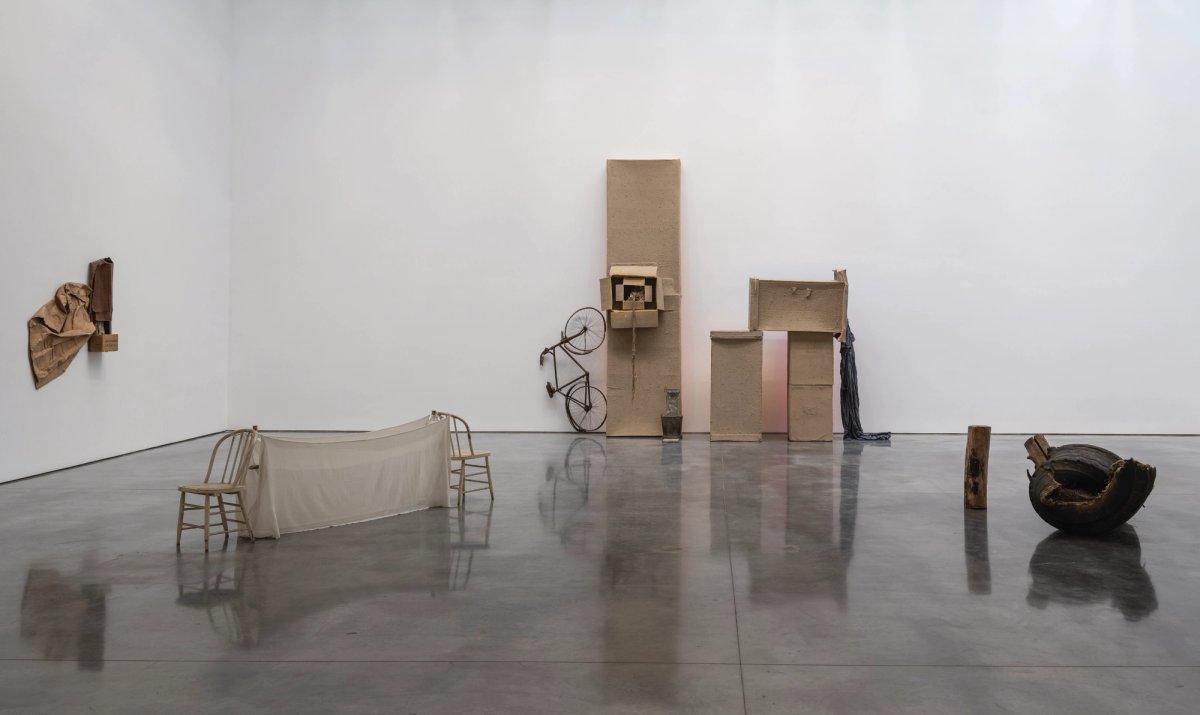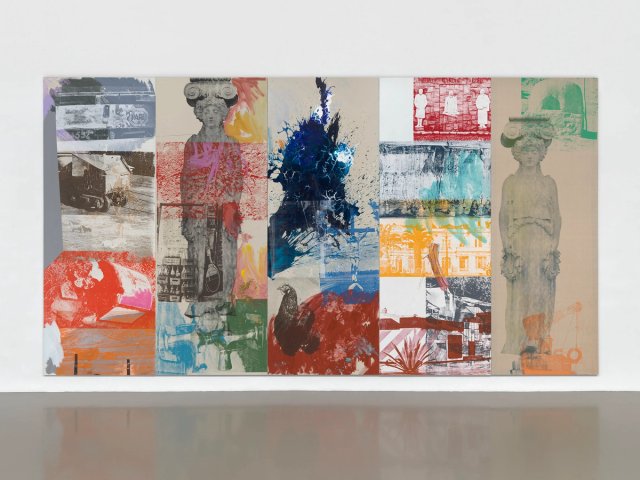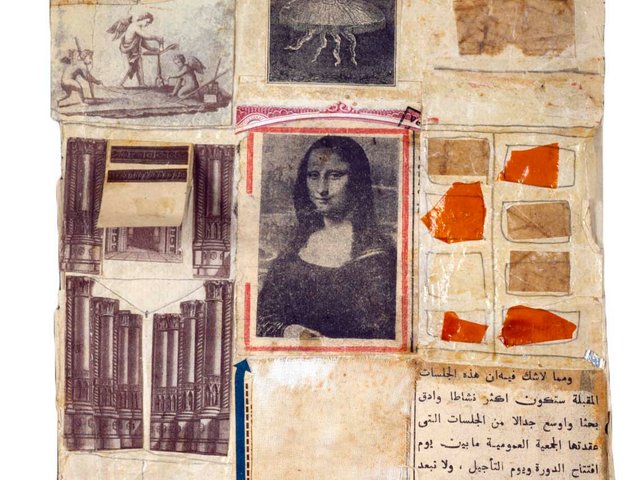Robert Rauschenberg counts among the few artists who truly were legends in their own time. Yet history has been kinder to him than the secondary market. If collectors are willing to pay a premium for his silkscreen and combine paintings, they attach greater value to the work of his peers Jasper Johns and Cy Twombly.
That is partly why Rauschenberg’s namesake foundation has released a number of unknown or under-exposed works for sale through a trio of high-level galleries: Gladstone and Mnuchin in New York, and Thaddaeus Ropac in Salzburg. Each is presenting a different body of work in a separate environment, producing a separate exhibition catalogue to go with it.
While such collaborations between competitors are not unheard of—in 2020, Pace, Gagosian and Acquavella jointly represented the Donald B. Marron Family Collection in a private sale—they are rare, especially when the involve exhibitions. The question is: can this three-pronged strategy effect real change in the perception of an artist best known for his paintings, but whose restless experimentalism and fondness for scavenging junkyards took him well beyond painting. His appropriations of existing materials and collaborations with scientists and choreographers led to work in collage, performance, film, sound, set and costume design, and kinetic sculpture?
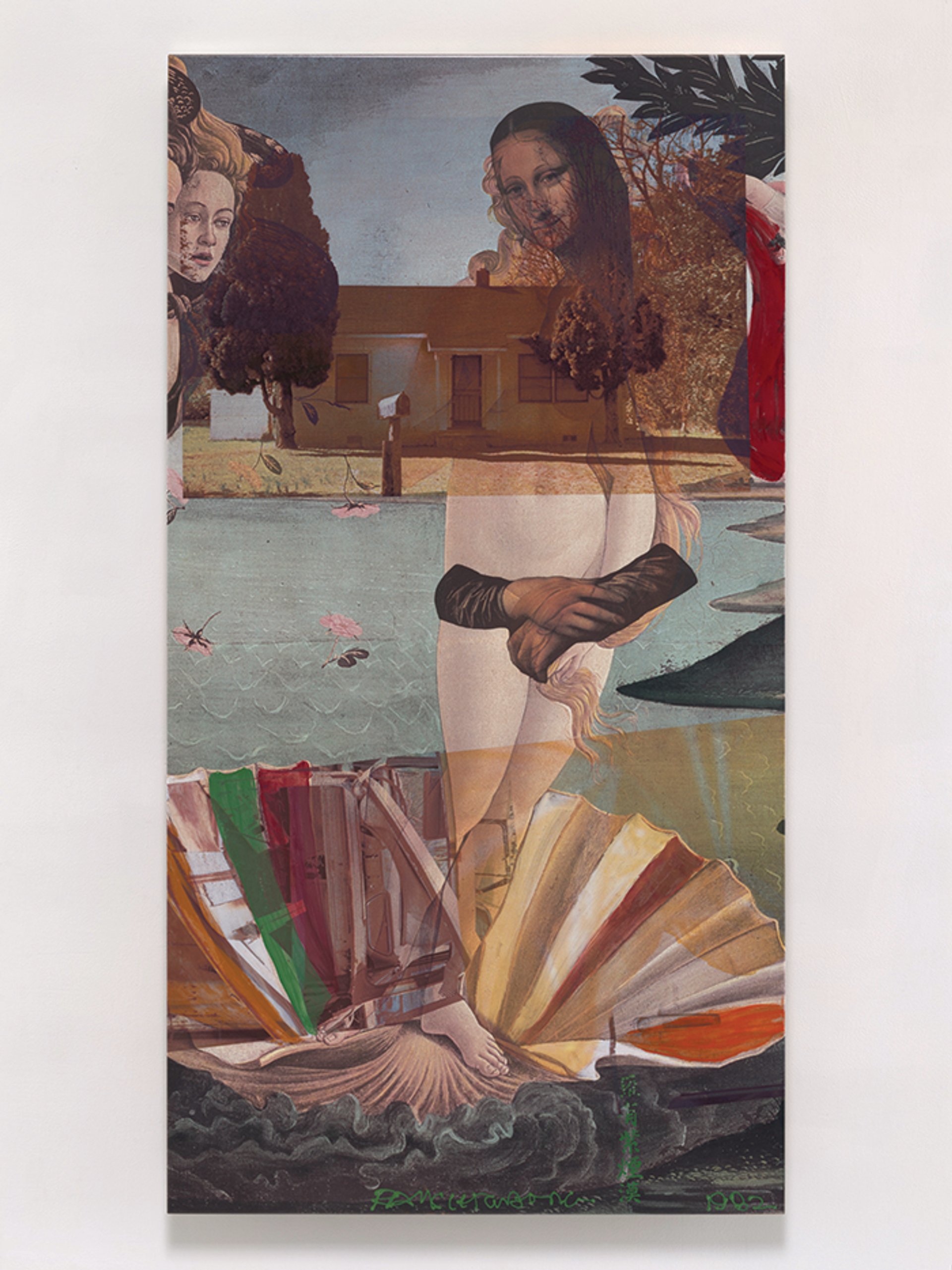
Robert Rauschenberg's Drawing Room 1 (Japanese Recreational Claywork), (1982) at Thaddaeus Ropac, Salzburg. Courtesy of Galerie Thaddaeus Ropac
According to Allan Schwartzman, the adviser and private curator who masterminded the rollout, “Sometimes it takes a while for the art market to catch up with history.” Arguably, it’s Rauschenberg more than anyone who continues to influence succeeding generations of artists, some of whom get more attention in the market than their inspiration.
“I can’t think of an artist more prescient than Bob,” says Kathy Halbreich, the Robert Rauschenberg Foundation’s director. As an example, she cites the current interest in appropriation, textiles, clay, performance, film, technology and the environment among artists of varying ages and sensibilities who pay a debt to Rauschenberg every time they go into their studios.
Dozens who flocked to Gladstone’s two spaces in Chelsea for last month’s opening of Robert Rauschenberg: Venetians and Early Egyptians, 1972-1974 were visibly moved by what they saw: seemingly fragile yet revelatory sculptures of rope, cardboard and timber, each containing a multitude of ideas. Most of these works had hardly been seen in public since their making, if at all. It didn’t seem possible that, at this late date, so much that was historic had gone unnoticed. “I spent a lot of time with these works in the warehouse,” Schwartzman says, “but seeing them in the gallery was a whole other experience.”
That sense of wonderment infused the atmosphere at the dinner that followed, where the reigning spirit of Rauschenberg’s inventiveness and openness to others had many beneficiaries around the room. Perhaps most striking was the absence of collectors among the 85 artists, curators and writers; not that they don’t deserve a place at the table, but the flow of conversation was notably relaxed, possibly because it grew from common ground.
Indeed, one could draw a direct line from Rauschenberg to such disparate talents in attendance as Rachel Harrison, Matthew Barney, Gedi Sibony, Richard Aldrich, Ugo Rondinone, Paul Chan and Precious Okoyomon, who was accompanied by her lap dog, Gravity. Also seated at the dinner was Rauschenberg’s son and only child Christopher, a photographer, whose mother is the printmaker and painter Susan Weil.
According to Halbreich, “artists don’t always like talking about what came before them, but that night they all did. LaToya Ruby Frazier came from Chicago just to see this work, which came out of a life, not a production”.
I was seated beside Eric N. Mack, a young textile artist who claims Rauschenberg as a spiritual mentor, especially after Mack was given the artist’s studio during his foundation residency in Captiva, Florida. “I did the best work of my life there,” he told me. Indeed, he recently signed with a prominent gallery in Chelsea.
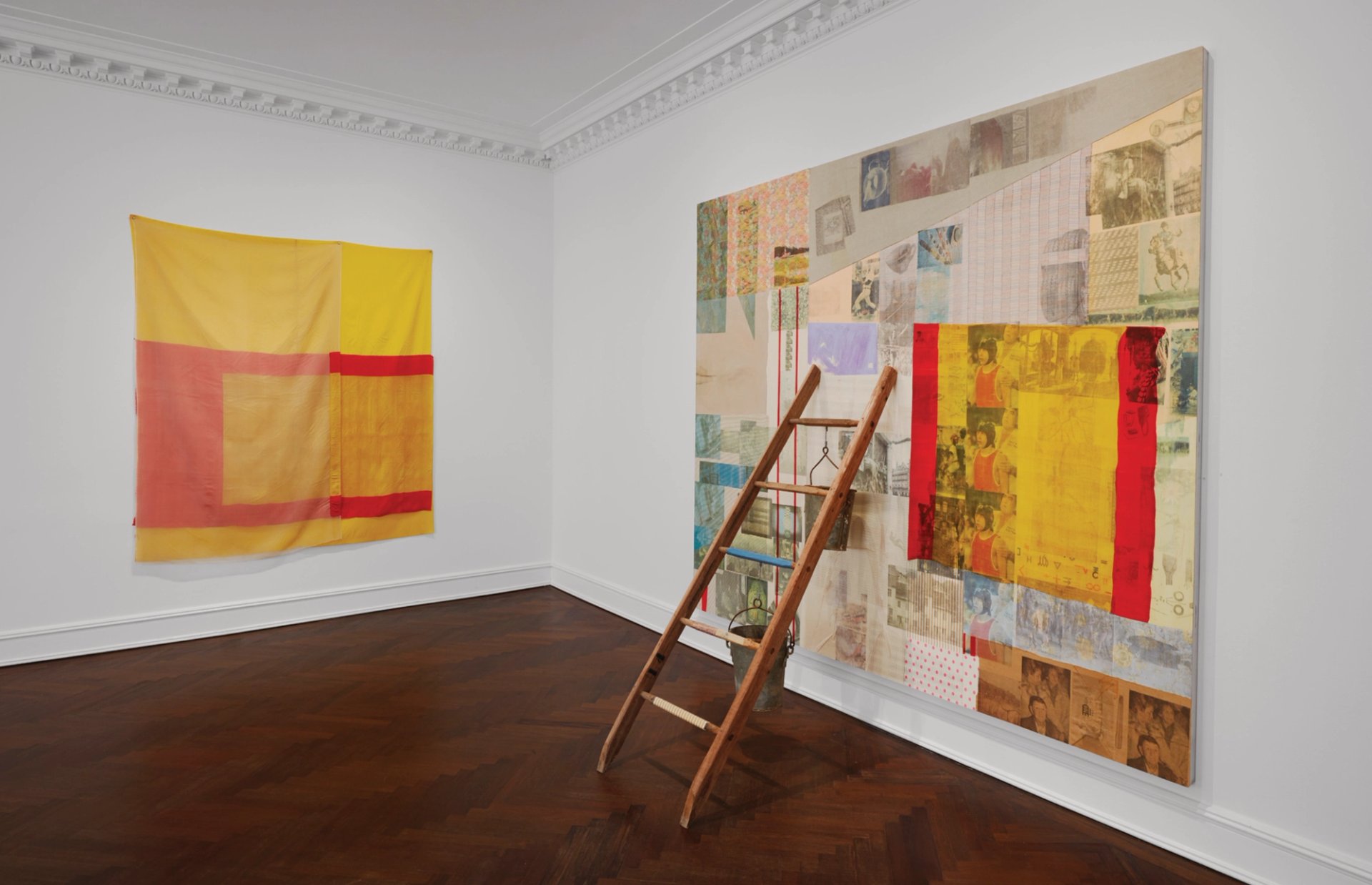
Installation view of Robert Rauschenberg: Exceptional Works, 1971-1999, at Mnuchin Gallery, New York. Courtesy of Mnuchin Gallery.
Speaking to the commercial prospects of the Rauschenbergs currently on show—large wall-bound works at Mnuchin, the post-minimalist sculptures at Gladstone, and little-known appropriations on clay at Ropac made in over a decade’s worth of trips to Japan—Schwartzman admits: “It’s hard for a market to grab hold of an artist whose work doesn’t register as iconic. In Rauschenberg’s case, it’s the combines, but the diversity and nimbleness of his creativity is vast, and these exhibitions open the door to him in a fresh, clear, contemporary way that the market can connect to.”
Halbreich adds: “I believe in artists, and if artists are interested in another artist, people pay attention.”
• Robert Rauschenberg: Venetians and Early Egyptians,1972-1974, Gladstone Gallery, New York, until 18 June; Robert Rauschenberg: Exceptional Works, 1971-1999, Mnuchin Gallery, New York, until 11 June; Robert Rauschenberg: Japanese Clayworks, Galerie Thaddaeus Ropac, Salzburg, until 9 July


